
Triphala is a product made of three Indian herbs that has been proved to provide relief for numerous health problems mainly associated with the stomach, which further lead to the occurrence of many other conditions, such as hypertension, weak immunity and poor eyesight, for example. The three herbs that are the components of this product are Amalaki, Bhibitaki and Haritaki and each of them is a grand source of vitamins and minerals, although they have anti-bacterial and anti-viral properties as well. Furthermore, they are also rich in oxidants. Therefore, the product Triphala made of them has optimal benefits for many ailments.
Triphala benefits for heart
When cholesterol and fats collect themselves on the inner walls of the arteries, the condition called atherosclerosis occurs. Triphala can prevent it by disabling cholesterol to accumulate, thus significantly reducing the chances of developing heart attack and stroke. Furthermore, the blood flow is much improved with triphala since it reduces contractions and spasms of the muscles. It is also considered that triphala regulates normal heart rate and promotes the production of the red blood cells in those people suffering from anemia. Certain recent studies have proven that this product even has anti-cancer features.
Triphala benefits for eyes, skin and weight loss
Triphala dosage
Triphala can be found in the form of tables or as the powder. The triphala powder should be used with warm water, while two tablets of triphala should be taken after each meal. There is an opinion that the triphala powder has more benefits as compared to the triphala tablets.
When the triphala powder is mixed with warm water, triphala tea is made, which is very good at detoxification of the body. Regeneration of the tissues, improved blood circulation, improved digestive system, improved eyesight and cured constipation are only some of the health benefits of triphala tea. It is recommended to take triphala tea after the meals and not before.
- medlineplus.gov/druginfo/herb_All.html
- Photo courtesy of kybrdgal by Wikimedia Commons: commons.wikimedia.org/wiki/File:Triphasia_trifoliata_fruits.jpg



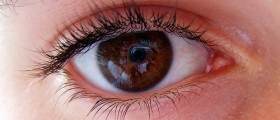
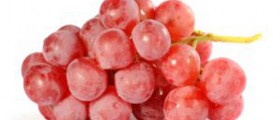
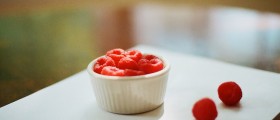


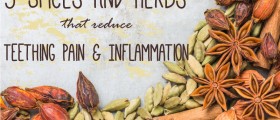

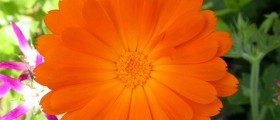
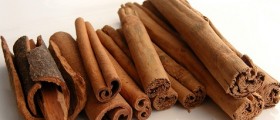
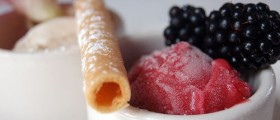
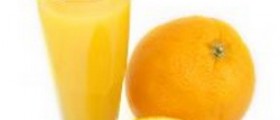
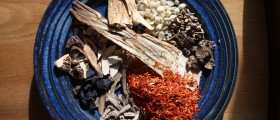
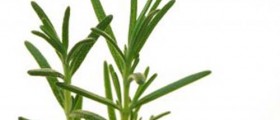

Your thoughts on this
Loading...